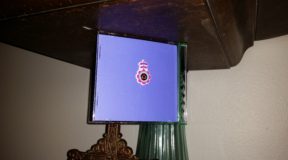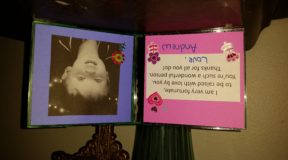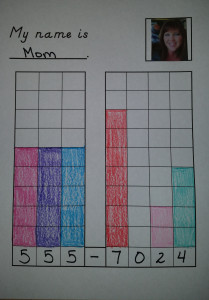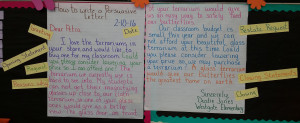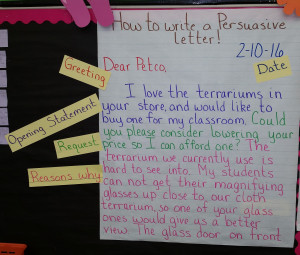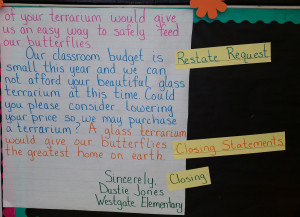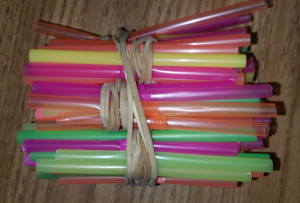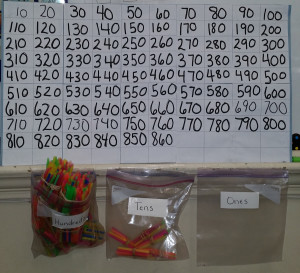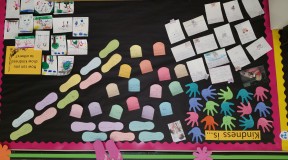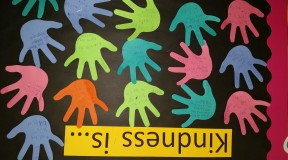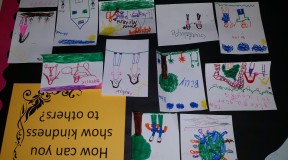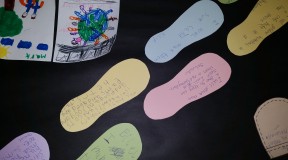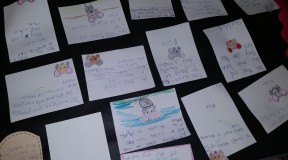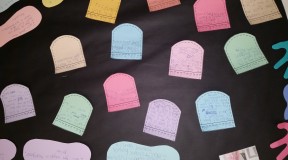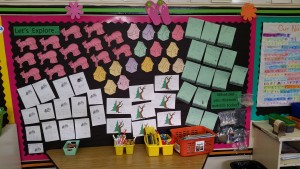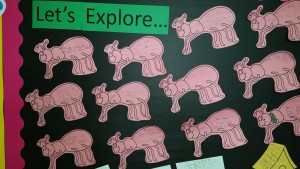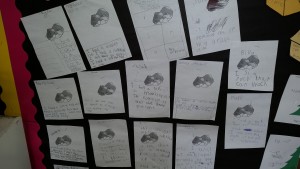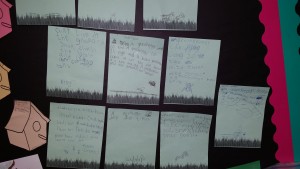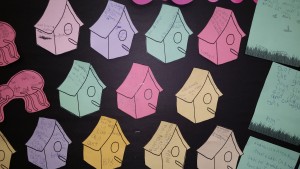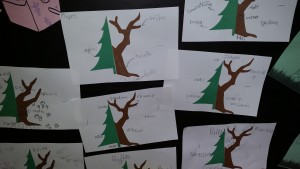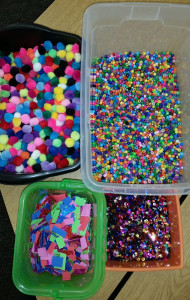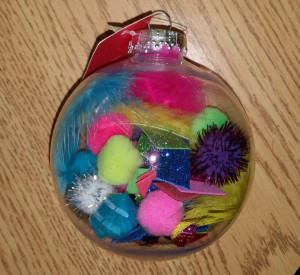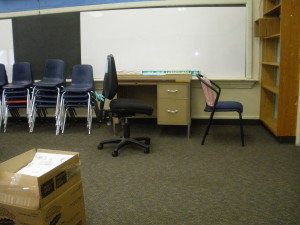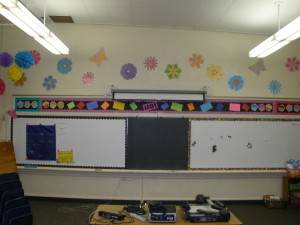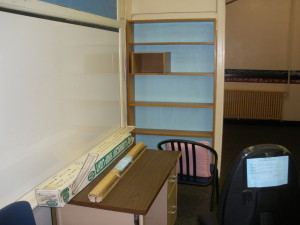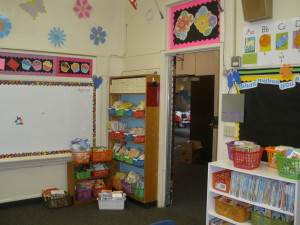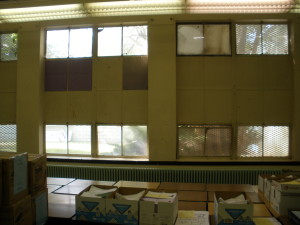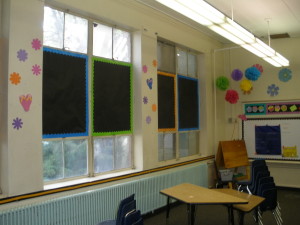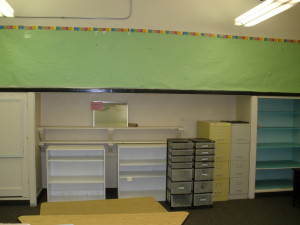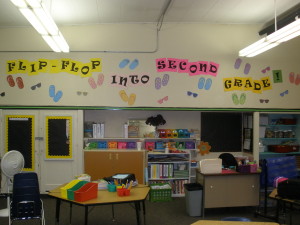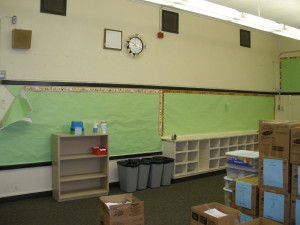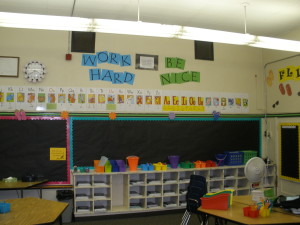Wow, where has this time gone. I can’t believe November is over today! And with that all my good intentions to get things onto my website for the fall have now fallen to the wayside (Sorry!!!!) So I am going to continue to try to get all my fall stuff on here throughout the next two months while still trying to get my Christmas stuff on here as well.
I love this time of year, but the craziness of trying to get my family Christmas ready, while still getting the Christmas stuff done for my students is an overwhelming job every school year. These next three weeks will be flying by as I try to squeeze as much fun stuff as I can into the curriculums already set from my school district.
So, today will be my first lesson to include a Christmas theme. I am planning to do a interactive read aloud with the story “Too Many Tamales” by Gary Soto. I absolutely love this book for a variety of reasons. Most importantly because it is fun and the kids can relate to both the problem and the solution the kids in the story come up with. Gary Soto has filled the book with a great life lesson as well as great language in both English and Spanish that you can discuss with the kids and they can discuss with their reading partners.
That said, let’s talk interactive read aloud. They are by far one of my favorite lessons to teach. I wish I had more time to include more of them into our class learning but I only have time for once a week on Monday afternoon. (I choose Monday for the interactive read aloud since Mondays are a hard day for everyone to be at school missing our weekend and this teaching brings both me and the kids a lot of joy).
Each week I focus on two things during the read aloud- 1. A discussion strategy for the students to work on with the reading partner and 2. A craft that the author has included or used in the story. Since I teach in an ESL classroom a lot of my focus is also on language during the year.
This is an example of the chart I use with my second graders during the read aloud. We use it both as our expectations for the session and as a reminder of what we are working on.
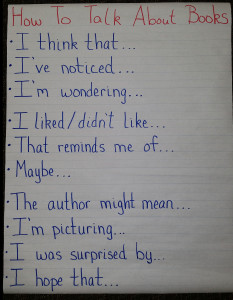
Here are some of the books I use throughout the school year for my read aloud time. I have also tried to list what strategy or focus I use with the book. Also, since I am now teaching second grade (after many years in Kindergarten and first grade), I have listed my 6 favorite books ( and it was so hard to just pick 6) by the grade level I used them in. I am sure many of you use these books in other ways or for different reasons than I do. I would love to hear how these books are resources for you in your classroom and what strategies you use them for each year.
Have a great last day of November!
Kindergarten:
Goodnight Gorilla by Peggy Rathmann (Reading the pictures)
The Napping House by Audrey Wood (Great for showing the passage of time as well as cause and effect)
Mama Zooms by Jane Cowen Fletcher (using picture clues to understand the story)
My Friend Rabbit by Eric Rohmann (problem and solution)
Clip Clop by Nicola Smee (Reading the pictures and adding those ideas to what the author has written)
A Dark, Dark Tale by Ruth Brown (Voice)
First Grade
A Chair for My Mother by Vera B. Williams (the pictures set the mood, what is the mood or emotion the author wants you to feel)
The Relatives Came by Cynthia Rylant (Wonderful language with what does the author mean by)
The Great Gracie Chase: Stop That Dog by Cynthia Rylant (Making a connection to your own life)
Charlie Anderson by Barbara Abercrombie (A story within a story, or inferencing to understand the deeper meaning of the two lives in the story)
The Snowy Day by Ezra Jack Keats (Time passing)
Blueberries for Sal by Robert McCloskey (connections within the story between what is happening to the baby bear and Sal and how it is the same)
Second Grade
New Shoes for Silvia by Johanna Hurwitz (Time passing)
Those Darn Squirrels by Adam Rubin (making a connection)
The Wall by Eve Bunting (the pictures set the mood, what is the mood or emotion the author wants you to feel)
Too Many Tamales by Gary Soto (problem and solution)
Going Home by Eve Bunting (Wonderful Language and what does the author mean by)
Abuela by Arthur Dorros (Telling the difference between realistic fiction and fiction within a story and how both genres can be used within a story)


